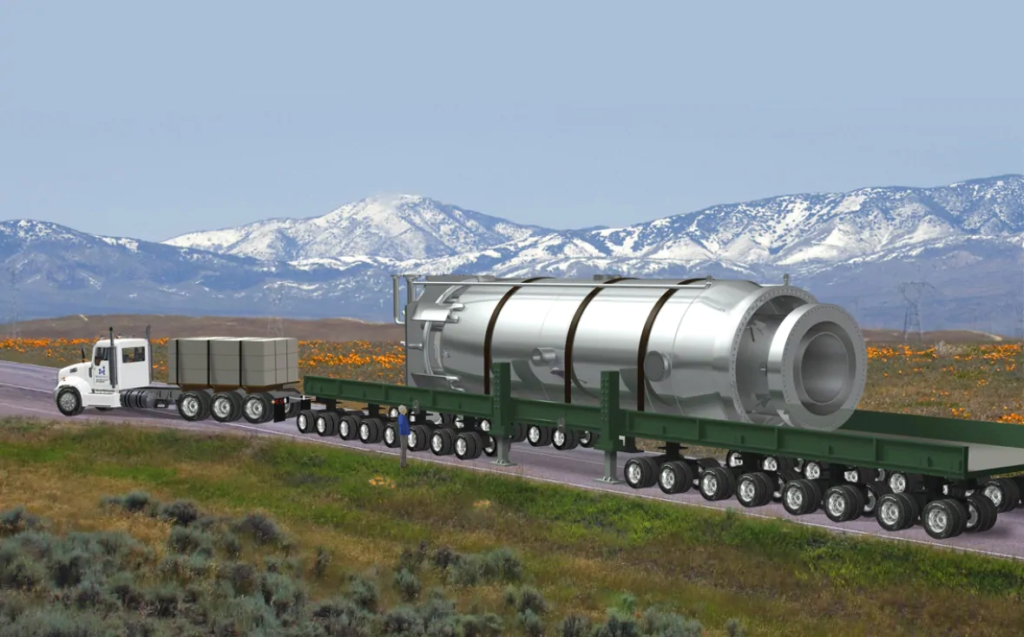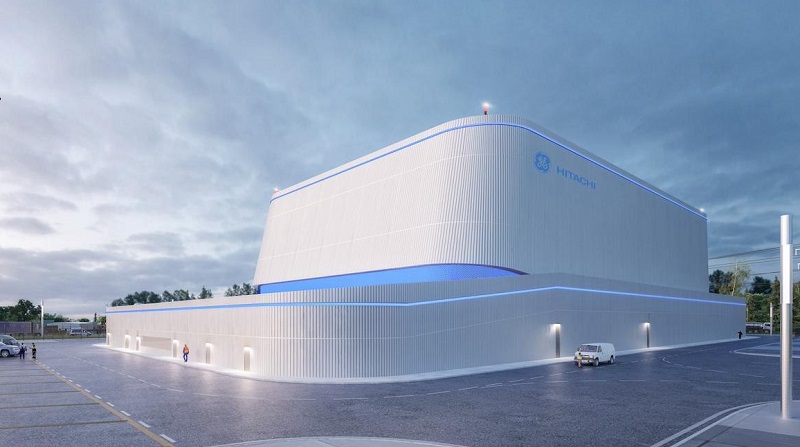Nuclear power is a low-carbon energy source that could help the US meet its climate goals and reduce its dependence on fossil fuels. However, the current generation of nuclear reactors faces several obstacles, including high costs, safety concerns, waste management, and public opposition. To overcome these challenges, the US needs to invest in developing and deploying advanced nuclear power technology that is smaller, safer, cheaper, and more efficient than the existing ones.
One promising avenue for future nuclear power technology is small modular reactors (SMRs), which are

designed to be built in factories and transported to sites where they can be assembled and operated. SMRs have several advantages over large reactors, such as lower upfront capital costs, shorter construction times, greater flexibility in siting and scaling, enhanced safety features, and easier decommissioning. SMRs could also provide reliable power to remote areas or support renewable energy integration.
Is Smaller Better?
The US Department of Energy (DOE) has been supporting several SMR projects through its Advanced Reactor Demonstration Program (ARDP), which aims to demonstrate at least two advanced reactor designs by the mid-2020s. Some of the SMR concepts that have received DOE funding include:
- Hermes Reduced-Scale Test Reactor by Kairos Power, which uses a fluoride salt-cooled high temperature reactor (FHR) that operates at low pressure and can withstand high temperatures without boiling or melting.
- eVinci Microreactor by Westinghouse Nuclear, which uses a heated pipe design with very few moving parts and can provide power to remote locations or off-grid applications.
- Natrium Reactor by TerraPower and GE Hitachi Nuclear Energy, which uses a sodium-cooled fast reactor with an integrated molten salt energy storage system that can boost its output during peak demand.
- BWRX-300 by GE Hitachi Nuclear Energy, which uses a simplified boiling water reactor design that reduces the number of components and systems by 90% compared to conventional reactors.
- NuScale Power Module by NuScale Power, which uses a light water reactor design that can be scaled up or down by adding or removing modules.
SMR vs. Fusion
Besides SMRs, another potential direction for future nuclear power technology is fusion energy, which mimics the process that powers the sun and stars. Fusion energy has the potential to produce abundant, clean, and safe energy with minimal waste and no greenhouse gas emissions. However, fusion energy is still in its early stages of development and faces many, possibly insurmountable, technical and scientific challenges.
The US has been participating in the International Thermonuclear Experimental Reactor (ITER) project, which is a multinational collaboration to build and operate the world’s largest fusion reactor in France. The ITER project aims to demonstrate the feasibility of fusion energy for commercial use by achieving a net energy gain from fusion reactions. The US has also been supporting domestic fusion research and development through its Fusion Energy Sciences program and its ARDP.
The development and deployment of future nuclear power technology will require sustained funding, policy support, regulatory reform, public engagement, and international cooperation. The US has an opportunity to lead the global transition to a low-carbon energy system by investing in innovation and advancing nuclear power as a clean and reliable energy source for the 21st century.











